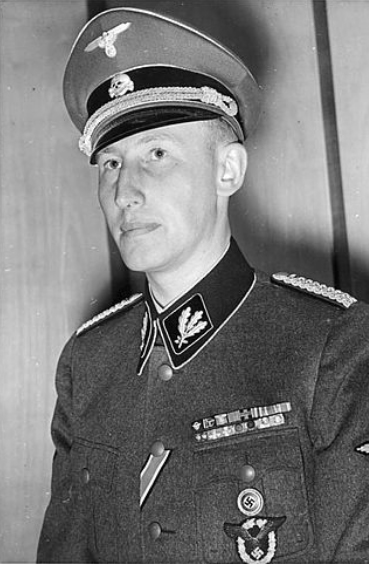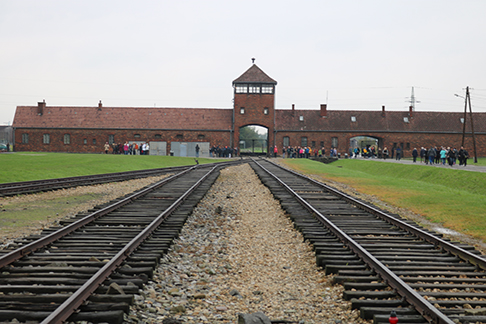David Stairs
I was recently in Prague, which in June 2017 celebrated the 75th anniversary of one of the most heroic and daring commando actions of the Second World War. On June 4, 1942, Reinhard Heydrich, the Protector of Bohemia and Moravia was attacked on his way to work when his Mercedes slowed at a bend in the road. His assailants, Josef Gabcik and Jan Kubis were Slovakian and Czech volunteers who had been trained in Britain and parachuted into Czechoslovakia to conduct Operation Anthropiod.

SS-Obergruppenführer Reinhard Heydrich (courtesy Wikipedia)
The 38-year-old Heydrich, known to Czechs as The Butcher of Prague and The Blonde Beast, was an aspiring young Nazi who had risen quickly through the party ranks to become Heinrich Himmler’s second in command of the SS. Known for his sangfroid and uncompromising brutality, Heydrich had been recently appointed to his Prague post in an effort to suppress Czech resistance and increase industrial production for the German war effort.
Although it was not generally known at the time, Heydrich was also one of the original architects of the Final Solution. He scheduled and chaired the infamous Wannsee Conference in January 1942, attended by fifteen Reich functionaries, eight of whom held academic doctorates, and was instrumental in drafting the outlines of the plan for the extermination of Europe’s Jews. Heydrich promoted Adolph Eichmann, the Nazi minor functionary who escaped after the war and was later abducted outside his home in Buenos Aires by Israeli agents and taken to Jerusalem for trial.
Gabcik and Kubis were betrayed by a partisan named Vlastimil “Ata” Moravec, who was soon thereafter executed for his trouble. Tracked to a Prague church and assaulted by 750 SS soldiers, Gabcik and Kubis and their associates killed 14 German soldiers and wounded 21 before committing suicide.
Reprisals for Heydrich’s assassination were widespread, with over 5,000 people estimated to have been killed, including the bishop and priests of the church where the assassins were cornered, and most of the people of the village of Lidice, which was mistakenly implicated as their hiding place. But the Final Solution was already being implemented in Poland and the Soviet Union by members of the Einsatzgruppen, roaming SS execution squads.

Eichmann’s list of European Jews by country (courtesy Wikipedia)
At Wannsee, Eichmann, the secretary of the event, presented a list estimating the number of European Jews at 11,000,000. Not long after Heydrich’s death, the plan for the mass relocation and gassing of the Jews under Reich control, renamed Operation Reinhard in Heydrich’s honor, commenced full-force. The resulting disaster that took place at Auschwitz-Birkenau, where 1.1 million people were exterminated and either cremated or buried in mass graves, is today memorialized at the former site of the camp, now a Polish museum visited by two million people annually.

The infamous rail siding inside Auschwitz-Birkenau where victims were off-loaded from transports and sorted for labor or immediate liquidation
This idea, the industrialized genocide of a religious and political minority, still stands tall in our collective memory because of the cold, calculated manner in which it was carried out. I’ve written previously about the use of IBM Hollerith tabulators by the SS at Auschwitz. The implementation of what came to be known as The Holocaust involved the planning and participation of multiple Nazi agencies and entities including the police, railroads, and chemical industries.

Remnants of the “showers” where victims were herded, 1500 at a time, prior to gassing and cremation
Most of the killings were carried out by Himmler’s SS, who were granted sole authority over the death camps. Their infamous death’s head insignia can be seen on Heydrich’s officer’s cap, a chilling reminder of the role of art and design in one of history’s most notorious crimes. Heydrich himself died a week after the attack of sepsis, the highest Nazi official assassinated during the war.
David Stairs is the founding editor of the Design-Altruism-Project










